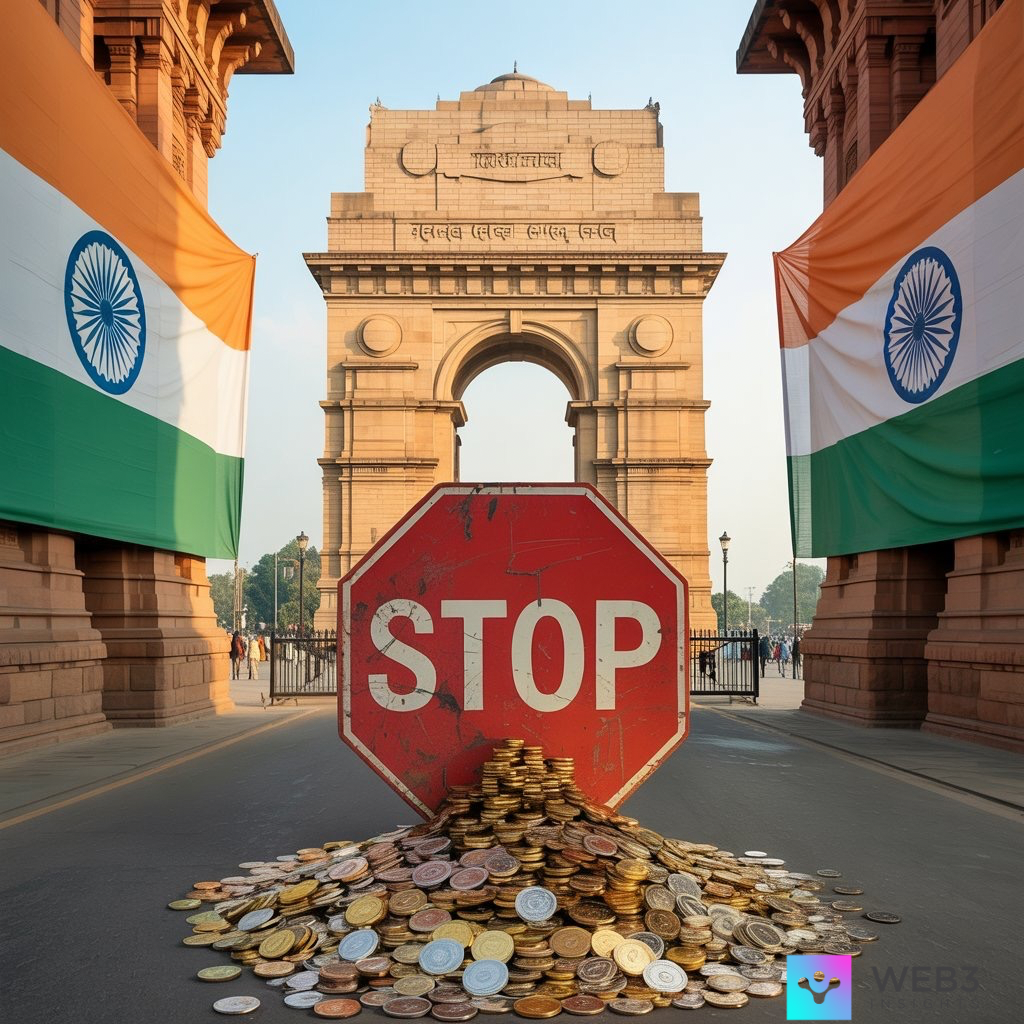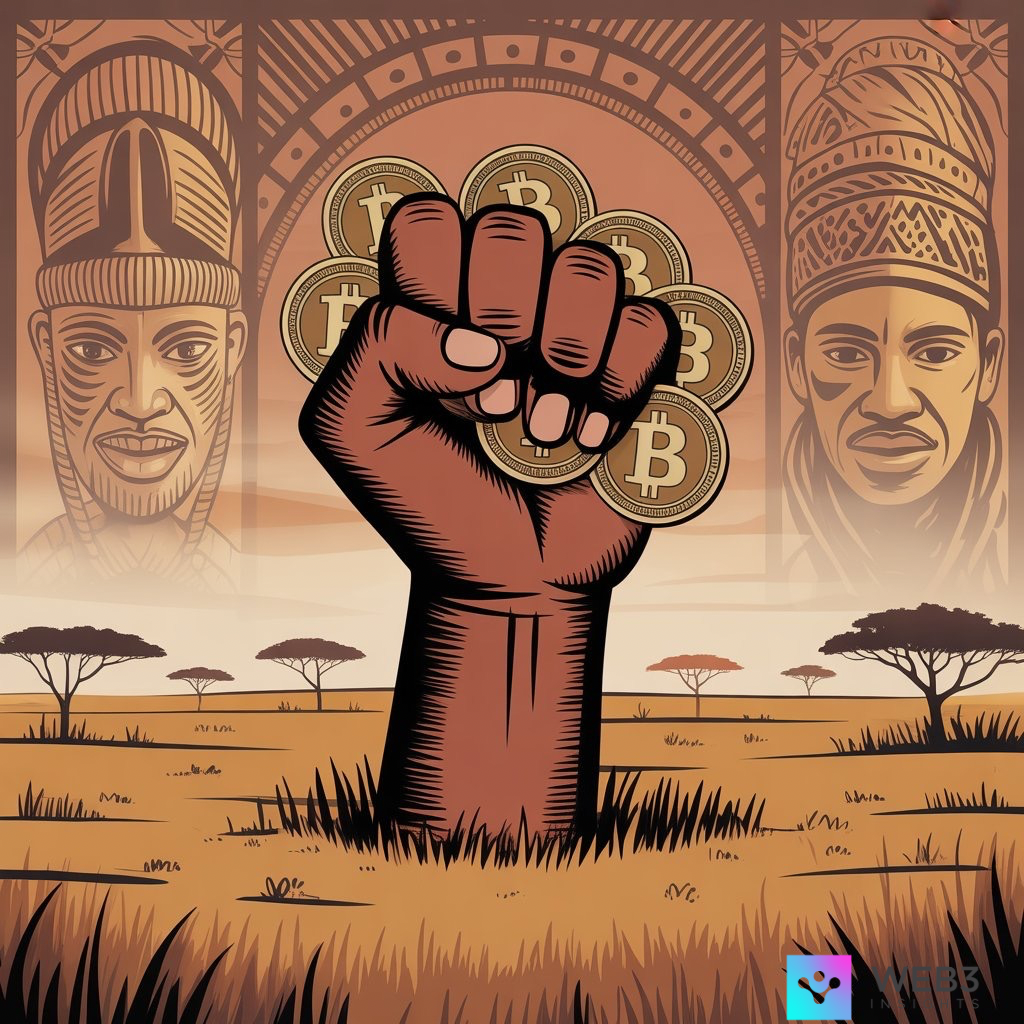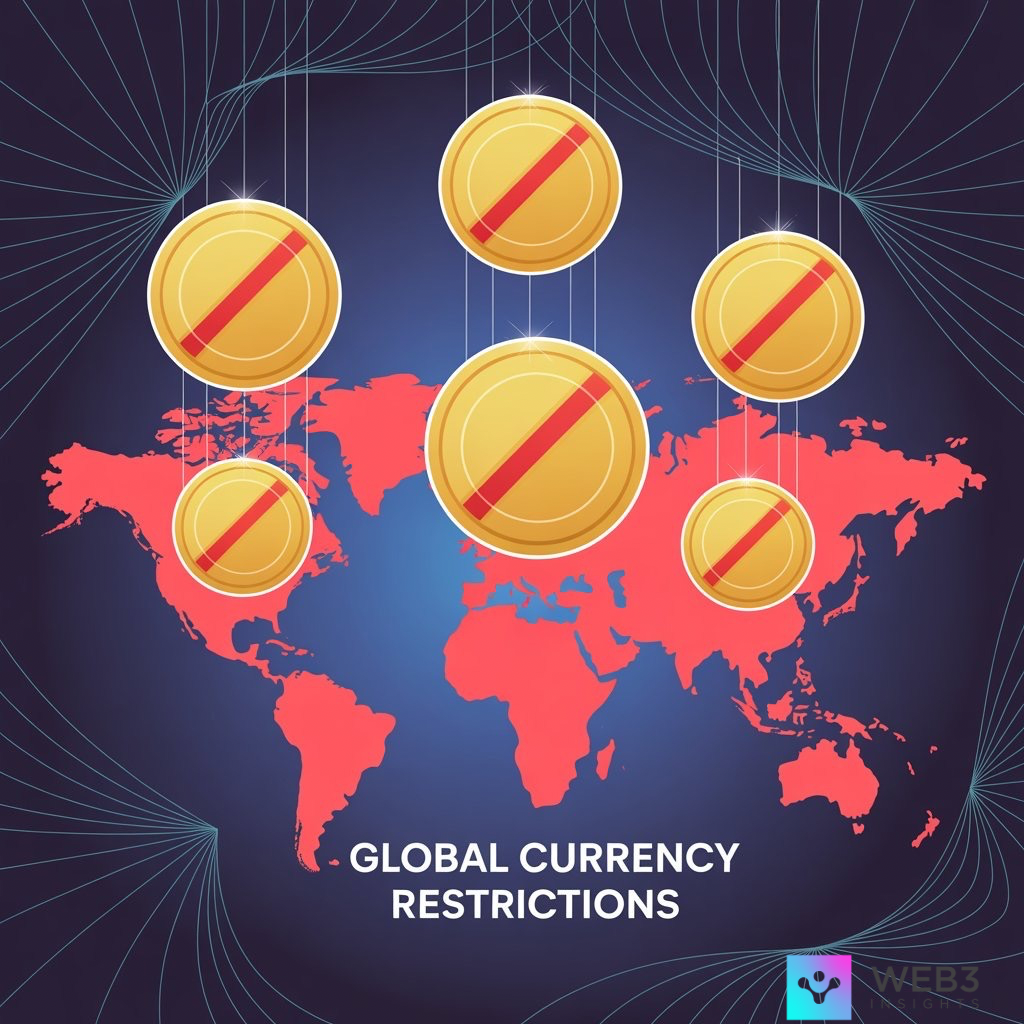
Tether (USDT) is everywhere, until it suddenly isn’t. As I’ve moved money across chains and exchanges, I’ve learned that some places make using USDT either very hard or flat‑out illegal.
In this post, I’m laying out the five countries where Tether (USDT) faces the toughest environment, why those rules exist, and what that actually means for people on the ground.
Why Some Countries Don’t Support Tether (USDT)

Stablecoins like Tether are meant to give crypto users the comfort of stability. While Bitcoin and Ethereum fluctuate wildly, USDT is pegged to the US dollar, which makes it easier to trade, send across borders, or park value during market volatility.
But governments don’t always see it this way. Some worry about capital flight, money leaving the country outside of their control. Others raise concerns about money laundering, terrorist financing, and the lack of oversight around reserves. And then there are central banks, many of which see stablecoins as direct competition to their own currencies and digital currency projects.
This tension has led to some countries pushing back against Tether (USDT), sometimes with heavy-handed restrictions.
1. China’s Crackdown on Tether (USDT)

If you’re in mainland China, the official stance on crypto hasn’t changed since 2021: trading and related services are banned, and that includes stablecoins like Tether (USDT). In public, there’s no legal way to use USDT there; that’s the reality.
What’s interesting right now is the background shift. Beijing is exploring yuan‑backed stablecoins and pushing digital‑yuan pilots, largely to strengthen the renminbi in global trade. That doesn’t help USDT users, but it explains why dollar stablecoins remain off‑limits while a state‑aligned alternative inches forward.
For anyone asking “Can I legally use USDT in China?” the answer is still no, even as China toys with its own version of a compliant, RMB‑based stablecoin for cross‑border commerce.
2. India’s Tough Stance

India hasn’t gone for a full-on ban like China, but dealing with Tether (USDT) is far from easy there. There isn’t a law that specifically bans Tether (USDT). Instead, there’s a tight compliance net: tough tax rules, active monitoring by the Financial Intelligence Unit (FIU‑IND), and pressure on offshore exchanges.
You might remember when several big offshore platforms disappeared from India’s app stores after FIU notices; that was a signal that the government wants crypto activity routed through entities it can supervise. Practically, Indians still hold and trade USDT, often via domestic, FIU‑registered platforms, but the experience feels managed, not free‑form.
At the end of 2023, several exchanges in India stopped offering USDT trading pairs because of compliance warnings. Instead, they shifted toward rupee-backed trading and other assets.
3. Russia and Restrictions Around Tether (USDT)

Russia draws a hard line between local retail payments and external settlements. Inside the country, you can’t legally pay for goods and services with crypto,that includes Tether (USDT). At the same time, the government has carved out experimental lanes for cross‑border use as it tries to get around sanctions and reduce reliance on traditional rails.
That creates a peculiar split: everyday spending is a no, but certain institutional or cross‑border uses get room to operate. If you’re a regular user, you’ll feel the restriction; if you’re watching state‑level flows, you’ll see selective windows opening.
4. Turkey’s Regulatory Pushback

Türkiye is one of those places where you feel the split most clearly. You can hold and trade crypto, including Tether (USDT), on exchanges. What you can’t do is use it to pay for goods and services. The payments ban has been in place since 2021 and it still stands. So daily spending in USDT is off the table, even though trading volume and adoption are high. When inflation bites, people naturally look for stability, and USDT fills that need for many, just not at the checkout counter.
The ban has pushed people into more informal, peer-to-peer markets. I’ve seen countless posts online from Turkish users explaining how they move their money through stablecoins, even though the government officially discourages it.
5. Nigeria’s Tight Grip on Tether (USDT)

Nigeria’s relationship with Tether (USDT) tells a story that goes beyond just finance, it’s political, social, and very human. Back in 2020 during the #EndSARS protests against police brutality, many protest organizers saw their bank accounts suddenly frozen. Traditional donation channels were blocked, and that’s when crypto, especially Tether (USDT), became a lifeline. International supporters and local donors alike turned to stablecoins because they were borderless, fast, and outside the control of domestic banks. That moment cemented USDT’s role in Nigeria not just as a trading tool, but as a symbol of financial freedom.
After that, regulators cracked down harder. In 2021, the Central Bank ordered banks to cut ties with crypto companies, which only pushed more activity into peer-to-peer channels. USDT became the go-to currency for those transactions because of its stability and liquidity. Fast forward to today, and the stance has shifted again. The Central Bank now issues licenses for exchanges and permits banks to serve registered virtual asset companies, but always under strict oversight.
So where does that leave Tether (USDT)? It’s everywhere in practice, from peer-to-peer marketplaces to remittances, but officially, it operates in a tightly watched zone. The #EndSARS moment showed Nigerians the power of stablecoins, and regulators have been trying to catch up ever since.
What These Bans on Tether (USDT) Really Mean

When I look at these countries side by side, one pattern stands out: governments are more worried about control than about technology. Tether gives people freedom to move money in and out of their national systems, and for leaders in places like China, India, Russia, Turkey, and Nigeria, that’s a threat.
Yet, the bans and restrictions don’t erase demand. People continue to use Tether in peer-to-peer networks, offshore exchanges, or even in underground marketplaces. It’s a cat-and-mouse game between regulators who want to keep control and individuals who want financial freedom.
Final Thoughts
Writing this blog post reminded me that the story of Tether (USDT) is really the story of financial power. Stablecoins empower individuals to take back some control over their money, but governments aren’t letting go easily. If you live in one of the countries I’ve mentioned, navigating crypto becomes a balancing act between opportunity and risk.
What’s clear to me is that Tether’s influence is too big to ignore. Whether you’re in a supportive market or a restricted one, the stablecoin conversation is far from over.









